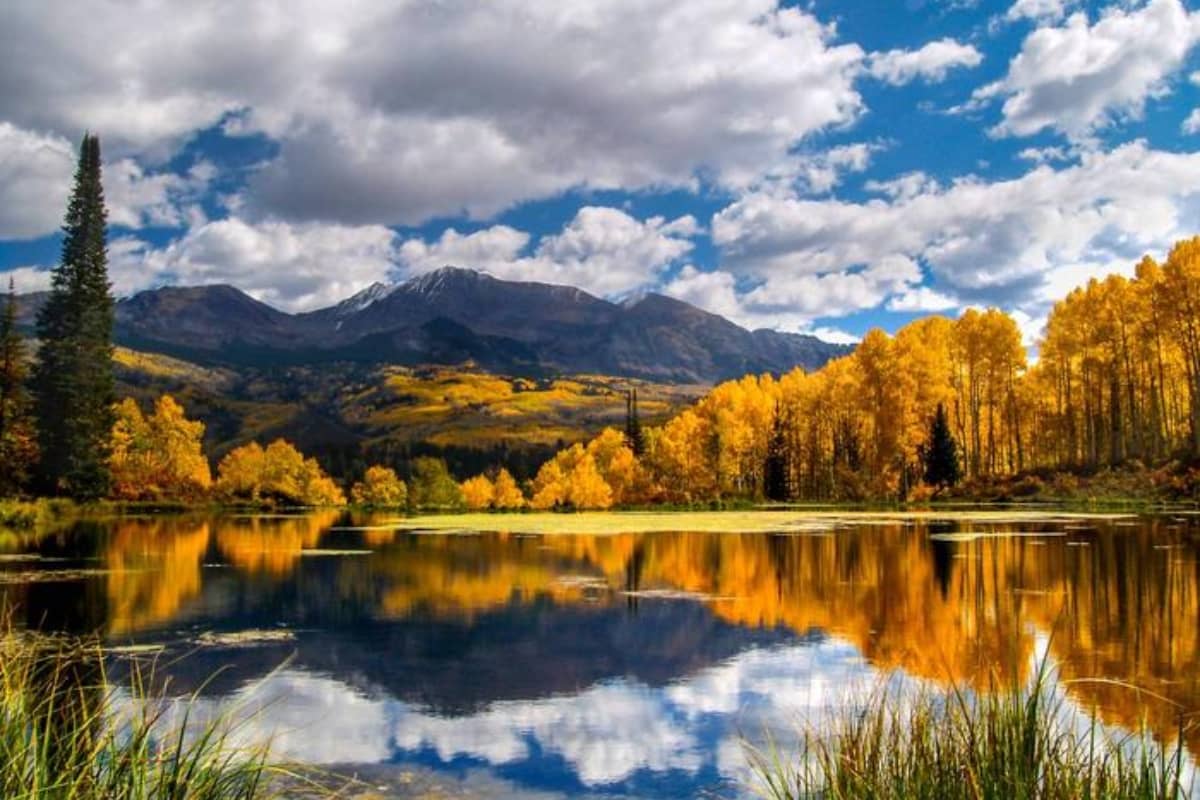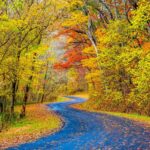Uncompahgre National Forest in southwestern Colorado is a stunning wilderness area that attracts outdoor enthusiasts year-round. It offers visitors access to alpine landscapes, challenging hiking trails, and breathtaking vistas. However, this rugged beauty comes with a range of potential dangers that are important to be aware of before heading out. Here are six hidden dangers in Uncompahgre National Forest that could impact a visit and tips for staying safe.
1. Wildlife Encounters: Understanding Animal Behavior
Uncompahgre National Forest is home to various wildlife, including black bears, mountain lions, and elk. While observing these creatures in their natural habitat is a highlight for many visitors, encounters can become dangerous if not managed properly. Black bears, in particular, are attracted to food smells, making it crucial to keep campsites clean. All food and scented items, including toiletries, should be stored in bear-proof containers or suspended high off the ground. Mountain lions are more elusive but can be seen in remote areas. Making noise while hiking and keeping small children close helps reduce the risk of startling these predators.
For those hiking with pets, it’s advisable to leave them at home or keep them on a leash to avoid interactions with wildlife. Dogs can attract or provoke wild animals, increasing the risk of dangerous encounters. Staying alert to animal tracks and avoiding areas with fresh droppings or bear markings can prevent surprise encounters with wildlife.
2. Steep Terrain and Risk of Falls
The forest’s dramatic landscape includes high peaks, deep canyons, and steep trails that attract adventurers seeking a physical challenge. However, these features can also pose significant risks. Loose rocks, sudden drop-offs, and narrow ledges are common, making slips and falls a real hazard. Hikers need to be equipped with proper footwear that provides grip and stability. Trekking poles can offer additional support when navigating uneven terrain.
Some of the most hazardous areas include trails leading up to the peaks of the San Juan Mountains and around Black Canyon of the Gunnison. These areas are especially risky during wet conditions or after snowfall, when trails become slick. Planning hikes during dry weather and starting early in the day to avoid afternoon storms can mitigate some of these risks.
3. Rapid Weather Changes
The high-altitude environment of Uncompahgre National Forest means that weather can change abruptly, transforming a pleasant hike into a dangerous situation. Summer thunderstorms bring heavy rains, lightning, and even hail, while winter conditions can be treacherous with sudden snowstorms and icy trails. Hypothermia is a concern, even during warmer months, due to the quick drop in temperature at higher elevations.
Visitors should always check the forecast before heading out and be prepared with layers of clothing suitable for various conditions. Packing waterproof gear and extra warmth can make a significant difference if caught in unexpected weather. Awareness of safe shelter locations, like designated huts or low-lying areas, is crucial during thunderstorms to avoid exposure on open ridges.
4. Limited Connectivity and Remote Locations
While Uncompahgre National Forest offers a chance to disconnect and immerse oneself in nature, it also means that communication can be challenging. Cell phone reception is unreliable throughout much of the forest, making it difficult to call for help in emergencies. This lack of connectivity makes solo hiking especially risky, as injuries or getting lost can lead to prolonged periods without assistance.
Visitors should carry a physical map, compass, or GPS device instead of relying on smartphones for navigation. Sharing travel plans with a friend or family member before heading out is also crucial, providing them with a route and estimated return time. This ensures that authorities can be alerted if there are delays, improving the chances of a safe recovery in case of an emergency.
5. Wildfires and Fire Safety
The dry climate of southwestern Colorado makes Uncompahgre National Forest vulnerable to wildfires, especially during summer and early fall. Wildfires can start quickly and spread rapidly due to the dry conditions and wind patterns in the region. Adhering to fire restrictions is crucial for preventing accidental fires. Campfires should only be made in designated areas when allowed, and visitors should never leave a fire unattended.
Beyond the risk of starting a fire, visitors should stay updated on active wildfires and smoke conditions before their trip. The Forest Service often posts alerts on their website or at ranger stations. Understanding evacuation routes and being ready to leave an area quickly can be lifesaving if a wildfire spreads unexpectedly.
6. Altitude Sickness: Recognizing Symptoms
Uncompahgre National Forest’s elevations range significantly, with some peaks exceeding 14,000 feet. For visitors not acclimated to high altitudes, the thin air can cause altitude sickness, with symptoms like headaches, nausea, and shortness of breath. Ignoring these symptoms can lead to more serious conditions such as High Altitude Pulmonary Edema (HAPE) or High Altitude Cerebral Edema (HACE), which require immediate medical attention.
Acclimating to the elevation gradually is key to reducing risks. Spending a few days at moderate altitudes before ascending higher can help the body adjust. Drinking plenty of water and avoiding alcohol are also recommended to stay hydrated and mitigate symptoms. If symptoms of altitude sickness appear, descending to a lower elevation is the best course of action.
Conclusion
Uncompahgre National Forest is a destination of unparalleled natural beauty, offering adventures across diverse landscapes. Awareness of potential hazards allows visitors to prepare properly and ensure a safe experience. From respecting the wildlife and being mindful of rapid weather changes to understanding the risks of high altitude and fire hazards, knowledge is the key to navigating these challenges. By taking the necessary precautions, adventurers can enjoy all that Uncompahgre National Forest has to offer while minimizing the risks that come with exploring its rugged and remote terrain.






